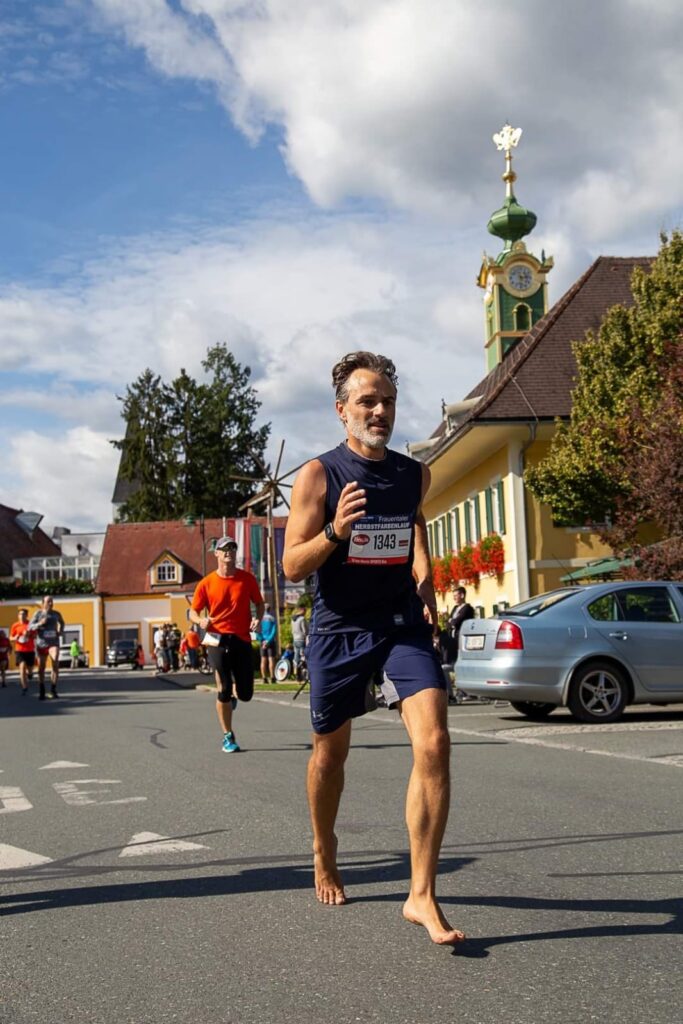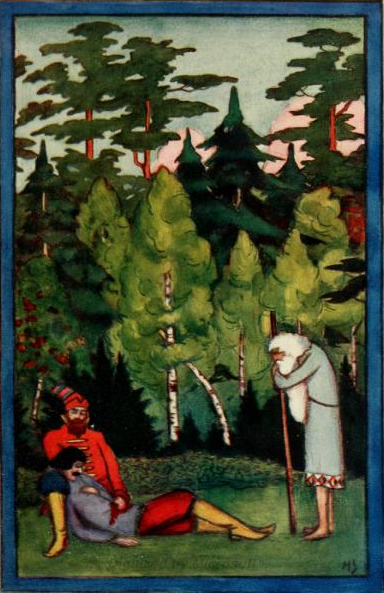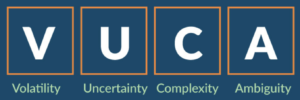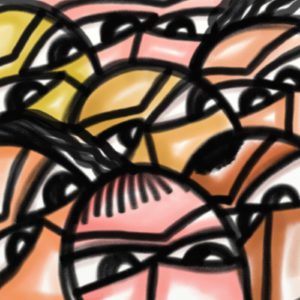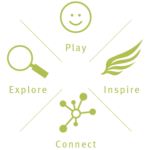Nonbinary Computing Make Us More Human
Quantum computers not only process massive amounts of data and solve complex problems. They can help us solve the most complex problem we face. Our own humanity. If there is one thing I have learned about technology it is that we can also use it to reflect on our struggles and continue developing our own humanness. How? By asking simple questions about what a particular technology represents at the human level. This is what I call the Digital Paradox. The deeper we delve into digitalization the more we are confronted with our own humanity. And Quantum Computing, like Edge Computing and the Internet of Things, is no exception.
A Quantum Leap in Gender Identification
What do genderqueer and quantum computing have in common? Fundamentally, they both share a core truth. They both work from the premise of 1 and 0 instead of 1 or 0. Viewing both gender and the world as consisting of only 1s or 0s innately limits our ability to advance in our human development as well as with our understanding of the world and universe for that matter. People identifying as genderqueer are also referred to as “nonbinary”. Nonbinary gender is a spectrum of gender identities that are not exclusively masculine or feminine—identities that are outside the gender binary classification of male or female. In other words, like a qubit, they too are 1 and 0.
The Benefits of a Nonbinary Worldview
A nonbinary mindset does away with anachronistic, rigid, and arbitrary value sets used to create a discriminatory system of the human classification system (e.g., race, gender, religion, people with disabilities) resulting in all forms of inequalities (political, economical, and societal). A purely binary system naturally creates the propensity for opposing value sets to square off. An “either/or” mentality sets up the classical “us vs. them”, “good vs. evil”, and “right versus wrong” showdown. Binary thinking has the propensity to act as an incendiary device that can put individuals, families, communities, and countries in the throes of injustice and conflict.
Through The Nonbinary Lens
A nonbinary lens will tend to see the world more openly. Absolutes of 0 or 1 give way to possibilities of 0 and 1. A nonbinary mindset exerts less time and energy dealing with complexity and uncertainty because solutions abound. The continued increase in younger generations either seeing themselves as nonbinary and/or accepting this gender identity is growing. Dr. Mark Mattingley-Scott from IBM–whose AmCham Austria Talk on Quantum Computing inspired this blog–agreed and even went on to say,
“If I look at my young colleagues just coming from university, just starting, they seem to pick up and understand the principles of quantum computing incredibly fast. I think that the reason for that is their mental flexibility… It is certainly of key importance that we completely stop labeling and discriminating people based on arbitrary attributes which have no real relevance in the real world.”
Imagine what young people think about older generations still struggling with gender binary inequity in the workplace and in society!
Measurement Determines Reality
How comprehensive is an X and Y graph in explaining anything today? The days of solving complex situations by assigning simply cause and effect reasons are over. Daniel Kahneman in his international bestseller, “Thinking Fast and Slow” refers to this as an availability heuristic. “I didn’t get the job because of my age.” But the complexity of even answering a standard question like, “Why didn’t I get the job?” goes beyond a simple binary answer. Nevertheless, you repeatedly tell your story of age discrimination as if it were fact. Fundamental uncertainty exists when explaining outcomes based upon simplistic measurements. Yet we do it often, pitting one simple heuristic against another.
Conclusion: Probability Is All We Know
We make decisions based on knowledge never knowing its certainty. We misconstrue simple assertions as fact. I will wake up tomorrow morning is based on probability. It is not a fact. Probability is also a major tenet of quantum physics. It is known as the uncertainty principle. Life is one of probability. To best navigate it we need to infer more like a quantum computer. How? Embrace an open nonbinary mindset in the face of uncertainty. See all reasons as plausible. Include as many perspectives as possible. Tap into the collective wisdom of those around you and watch the possibilities unfold.
About the Author
Jean-Pierre is a Human Systems Accelerator specializing in conflict transformation and intergenerational collaboration. He is also a Youth Coach and Speaker. Jean-Pierre accompanies organizations in fully integrating their human resource potential by facilitating group processes that foster authenticity, intention, and collective wisdom. Jean-Pierre is the creator of the EPIC Model of development and the author of What You Can Learn from Your Teenager: Lessons in Parenting and Personal Growth.
